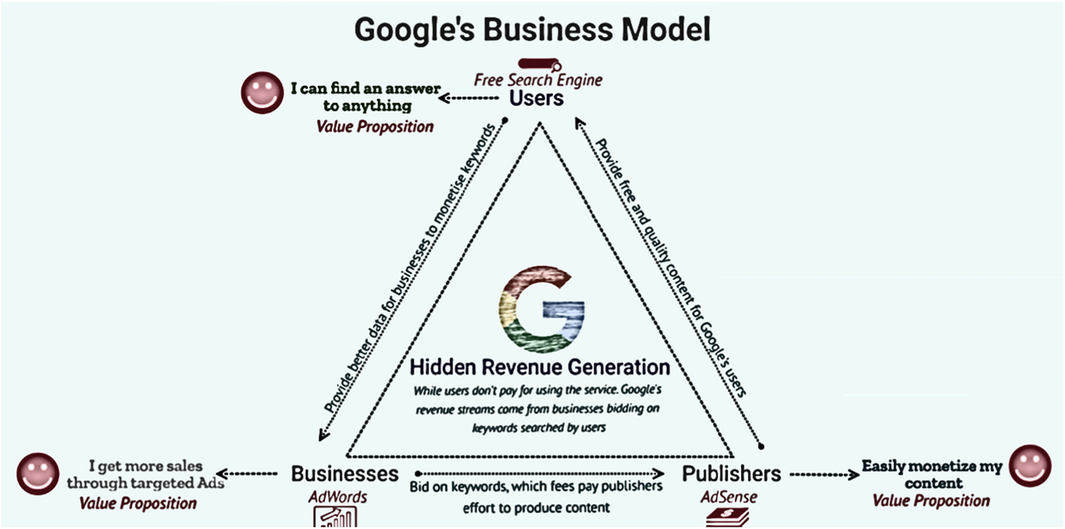I talked a little bit about aligning goals in the post about motivation. However, I wanted to go into this topic in a little more depth and explore strategies about aligning goals.
Goal alignment is a necessary step to forming an organization and based on reciprocity. To me reciprocity is what drives business.
Your product or service has to add value to someone (a client, consumer, or partner) sufficiently where they give something to you in return.
That said, the team members in your organization have different needs. Primarily, your employees need a salary, a culture where they feel like they belonging, covered benefits (i.e. health care, dental, etc.), and a path to learn and grow both personally and professionally.
As a business leader you have to communicate your vision if you want to align people to it. However, before you communicate it you have to be clear yourself what exactly that is and ideally written down. Your vision should be simple and easy to understand. Additionally, it should be long term and an ideal that you can always strive towards as if you have a short term vision then you have to continuously update it or change course which would be confusing to yourself as well as everyone involved.
So, this may conceptually make sense but what are some examples of this in practice?
For example, Google’s vision is “to provide access to the world’s information in one click.” and their mission is “to organize the world’s information and make it universally accessible and useful.”
Then organizationally they align their strategies and activities to that vision and mission. To put it a little simpler their main offering is an algorithm that allows an end user to search for basically anything that they want which they’ve either collected on their servers or connected to. In return

Google business model (Google Business, 2020)
This picture illustrates the interdependence between Users, Business, Publishers, and Google. Now privacy concerns aside that are currently the outrage of many these days, you’ll see here how each entity is getting value. People can search for just just about anything they need, publishers can monetize content that they are interested in, and businesses can get their ads and messaging to (hopefully) the right audience more often.
This sort of win-win for all parties involved is what you want to achieve and how you can take your business off the ground. However, to do that you need both a compelling offering that is differentiated from what is currently available, messaging about that offering, and consistently reach out to anyone within your market who will listen that would benefit from your offering.
Now this is great to do at a macro level. However, once you get your vision and mission down and determine how all the entities involved (clients, employees, and your organization) benefit from your vision and mission then it is best to talk with individuals on a micro level to get to understand specifically what their vision is for each of their lives or businesses and how your organization can give that to them. In return they will either pay you for your services or if they are employees give you their time and effort to help you achieve your vision.
This is an iterative collaborative process which to me makes your overall life better never mind your business. I find that when I adopt this mindset that the people I’m working with are more engaged and push you to achieve goals rather than you nagging them to to it. At first your vision may be vague and uninspiring and it may seem difficult to recruit help for your business venture but keep working on it. You’ll get there eventually if you keep moving forward.
So, then the next question that you may have once you have a visions, set goals, and get alignment from your team how do you know if you’re on track. You need systems and metrics to assess progress from your organizational activities whether they be sales or operations. CRM systems like Salesforce allow you to track opportunities, leads, accounts and contacts in their Sales Cloud and allow you to quantify the amount of activity that will take to get you to your revenue goals. In addition, it gives managers visibility to which accounts to focus on, notes about conversations in meetings and progress towards a sale, and it also allows an organization to standardize the criteria that an opportunity can be moved from one stage to another which means that resources are not wasted chasing under qualified opportunities.
I’ll be discussing how to manage and improve operations in another article later on.

